Learn What Foods your Dog Can and Can’t Eat
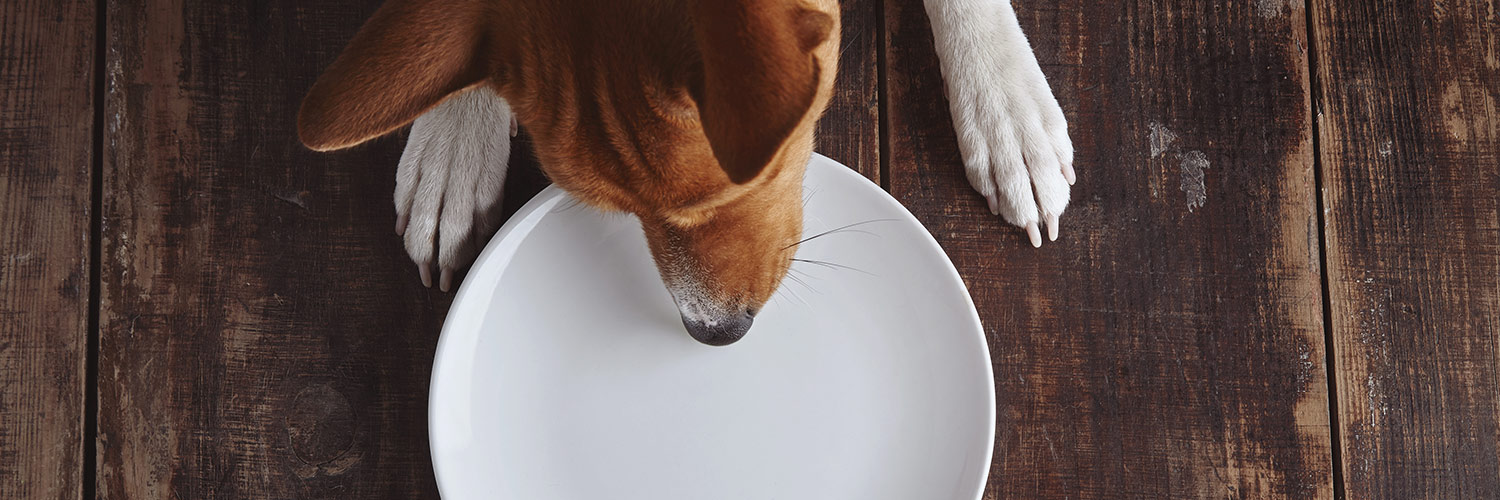
Contents of Article
Dogs love food.
It’s really as simple as that.
It doesn’t matter what kind of food it is or where it comes from, anything that can fit into your dog’s mouth is likely to become food.
As a responsible dog owner, you probably already know that certain foods are bad for your dog.
Chocolate.
Onions.
Grapes.
But the list of foods that could be dangerous for your dog is much longer than you may realize. Are you willing to risk your dog’s life by accidentally feeding him something from that list?
I hope your answer is a resounding, “No!”
If it is, you’ve come to the right place! Here you’ll find in-depth information about the foods your dog can and cannot eat so you don’t have to make a guess with your dog’s health and safety on the line.
Let’s start with the foods you SHOULDN’T feed your dog:
What Foods are Dangerous for Dogs?
Just because your dog will eat a food doesn’t mean he should.
Dogs don’t know whether something is bad for them – all they know is that it’s edible.
If you want to keep your dog safe, you need to learn about the different foods that may be harmful or toxic to dogs and then avoid them at all costs.
Here is an overview of the foods you shouldn’t feed your dog:
- Alcohol – There’s no reason why you would give your dog alcohol on purpose, but be careful about leaving drinks unattended. Alcohol can lead to dangerous intoxication, low blood sugar, irregular heartbeat, seizures, coma, and even death.
- Almonds – Many dogs love the taste of almonds but, while they may not be toxic, they have the potential to cause an intestinal blockage or they might upset your dog’s stomach.
- Avocado – Not only is the large pit of the avocado a choking hazard, but the fruit, leaves, seeds, and bark of the avocado plant contain persin which may cause vomiting and diarrhea in dogs.
- Bones – Raw, soft bones like marrow bones are safe for your dog to eat – even good for him – but cooked bones, particularly poultry bones, can be dangerous. Not only can they splinter and cause lacerations, but they might block your dog’s intestines as well.
- Caffeine – Coffee, tea, soda, and other caffeinated beverages are harmful for dogs because they can damage the heart and nervous system.
- Candy – Not only does candy often include a lot of sugar, but it may also contain artificial sweeteners which are just as or more dangerous for your dog.
- Cat Food – Though cat food won’t poison your dog, cats have very different nutritional requirements so feeding your dog cat food could lead to dangerous deficiencies.
- Chocolate – In addition to caffeine, chocolate contains a toxin called theobromine which can induce vomiting and diarrhea as well as negative effects to the heart and nervous system. Dark chocolate has the most theobromine and white chocolate the least.
- Citrus Oil Extract – This type of oil can cause vomiting in dogs which, if it get bad enough, may lead to dangerous dehydration.
- Coconut – Though coconut is not dangerous in and of itself, sometimes the oils found in coconut oil as well as the flesh of the fruit can upset a dog’s stomach, causing loose stools or diarrhea. You should also avoid giving your dog coconut water because it is too high in potassium.
- Currants – These fruits belong in the same category as grapes – they are bad for dogs due to an unknown toxin that may damage your dog’s kidneys.
- Dairy Products – Milk and other dairy products are necessarily toxic for dogs, but many dogs are lactose intolerant so consuming these foods could cause diarrhea.
- Fat – There is no reason to feed your dog fat trimmings – not only is it high in calories, but it may contain unhealthy saturated fats.
- Fish – When properly cooked, fish can be very good for your dog. Just don’t’ feed him raw fish because there is a risk for transferring food-borne pathogens.
- Fruit Pits – Large seeds and pits from peaches, plums, and other stone fruits and can be a choking hazard or they could block your dog’s digestive tract.
- Garlic – Avoid garlic in all forms because it contains disulfides and sulfoxides which can damage the red blood cells and cause anemia.
- Grapes – These round little fruits my look harmless but they contain an unknown toxin which may damage your dog’s kidneys. Grapeseed extract, however, is generally considered safe for dogs.
- Hops – Used to brew beer, hops contain an unknown compound which causes negative effects in dogs such as elevated heart rate, increased body temperature, seizures, and even death.
- Macadamia Nuts – These nuts are very high in fats which can cause digestive upset and, if eaten frequently, may contribute to the development of pancreatitis. Macadamia nuts also contain an unidentified toxin which may cause neurological symptoms.
- Marijuana – The likelihood that your dog will come into contact with marijuana may be fairly low, but it is something to be careful about because it can depress the nervous system, causing dangerous changes in heart rate.
- Mushrooms – Avoid all types of mushrooms because they contain toxins which can affect your dog’s body in serious ways, causing him to go into shock and having the potential for fatality.
- Onions – Belonging to the same family as garlic, onions as well as leeks and chives contain disulfides and sulfoxides which can damage the red blood cells and cause anemia.
- Pecans – These nuts contain a toxin called juglone which can be very dangerous for horses and can sometimes cause intestinal obstruction or digestive upset in dogs.
- Persimmons – Although this fruit isn’t particularly well known, you may see it at the grocery store and decide to give it a try. If you do, make sure your dog doesn’t eat any of it. The fruit isn’t toxic but it may cause digestive upset and the pit is large enough that it could cause an intestinal blockage.
- Pistachios – These fatty nuts can give your dog an upset stomach and, if he eats a lot of them regularly, it could contribute to the development of pancreatitis.
- Raisins – Raisins are simply dried grapes so they pose the same dangers as grapes for dogs. They may actually be more dangerous, however, since they are dried which makes them more concentrated.
- Raw Eggs – Eggs are a great source of protein for dogs but you should be careful to cook them first to reduce the risk for food-borne pathogens.
- Raw Meat – Though it is safe for your dog to eat poultry, meat, and seafood, it is best to cook it first to reduce the risk for passing on food-borne illness.
- Rhubarb – The leaves of the rhubarb plant contain oxalates which may affect your dog’s nervous system as well as his urinary and digestive systems.
- Salt – Dogs need a little bit of sodium in their diet but large quantities of salt (like you would find in processed foods) can cause severe dehydration and may lead to side effects like diarrhea, vomiting, depression, seizures, or even death. Don’t give your dog salty snacks!
- Sugar – Though sugar isn’t inherently dangerous for dogs, it can contribute to obesity, diabetes, and dental problems. There is no reason to include sugar in dog food or treats.
- Tobacco – Keep cigarettes, cigars, and nicotine gum well out of your dog’s reach because nicotine can cause serious damage to your dog’s nervous and digestive systems. It may cause his heart rate to increase and may also lead to collapse, coma, or death.
- Tomato – The leaves of the tomato plant contain a toxic substance called solanine which is dangerous for dogs in large amounts.
- Vitamins – Vitamin supplements intended for humans are just that – intended for humans. Don’t give your dog any supplements that aren’t formulated for dogs because his needs for certain nutrients are very different from your own. You need to be especially careful about supplements that contain iron because they can damage your dog’s liver and kidneys.
- Walnuts – These nuts contain a toxin called tremorgenic mycotoxin which can cause seizures in dogs.
- Yeast Dough – Dough that contains yeast, or yeast on its own, is very dangerous for dogs because of its capacity to expand. If your dog eats yeast or yeast dough, it might expand in his stomach which, in mild cases could cause flatulence but, in serious cases, could rupture his stomach.
- Xylitol – A type of sugar alcohol commonly found in candy and gum, xylitol is highly toxic for your dog. Even a small amount could cause him to develop dangerously low blood sugar, liver failure, or seizures – he could even die.
In addition to the foods listed above, you should also be careful about feeding your dog table scraps.
When your dog looks at you with those puppy dog eyes it’s easy to give in and give him everything he wants but stay strong! Table scraps are often high in calories and fat, plus you may not know exactly what something was cooked in.
When it comes to feeding your dog, it’s always better to be safe than sorry.
Now that we’ve covered most of the foods your dog can’t eat, let’s talk about what he can eat!
Let’s start with fruit:
What Fruits Can My Dog Eat?
As you probably already know, fresh fruit is an excellent source of nutrients – particularly antioxidants.
Antioxidants are a type of phytochemical (a chemical compound found in fruit) that helps to protect against free-radical damage. Blueberries, strawberries, and cranberries are some of the richest food sources of antioxidants, though they can be found in most fruits to some degree.
In addition to their antioxidant content, fruits contain plenty of dietary fiber and digestive enzymes.
Dietary fiber comes in several forms – soluble and insoluble. Soluble fiber absorbs water to create a gel-like substance that slows down digestion, helping to relieve diarrhea and loose stools. Insoluble fiber cannot be digested – it adds bulk to stools, helping it to pass more quickly through the digestive tract.
Pectin is a type of soluble fiber found in most fruit. In addition to improving digestion, it also helps to reduce your dog’s bad cholesterol (LDL cholesterol) levels while supporting heart health and reducing his risk for colon cancer.
If you’re wondering exactly which fruits are safe for your dog to eat, here is a list:
- Apples
- Banana
- Blackberries
- Blueberries
- Cantaloupe
- Cranberries
- Mango
- Oranges
- Peaches
- Pears
- Pineapple
- Raspberries
- Strawberries
- Watermelon
Did we miss something? If there’s a fruit missing from this list, let us know and we’ll add it!
Although fruit can be a good source of dietary fiber and essential nutrients for your dog, you should still use it as an occasional treat rather than a staple of his diet.
Fruit contains a lot of sugar – albeit natural sugar – but too much sugar is not good for dogs. If your dog eats too much fruit, there is also the potential for the excess fiber to cause digestive upset.
Do you know if dogs can eat Spinach?
Now, what about vegetables?
What Vegetables Can My Dog Eat?
Though there are a number of fruits that are safe for dogs to eat, vegetables are generally the better option. Vegetables tend to be lower in calories than fruit and they contain a wide variety of different vitamins and minerals. Plus, they are rich in dietary fiber and moisture.
Each vegetable has its own unique nutrient profile, but you can expect most vegetables to contain a decent amount of fiber. Remember, fiber helps to keep your dog’s digestion moving along.
Vegetables are also rich in vitamins and minerals – nutrients your dog needs for balanced nutrition and overall health. Some of the vitamins found in vegetables include Vitamins A, B, C, E, and K while some of the most common minerals found in vegetables include calcium, magnesium and potassium.
In addition to vitamins and minerals, vegetables contain valuable phytonutrients that offer natural antibacterial, antiviral, antioxidant, and anti-inflammatory benefits.
Here is a list of some of the vegetables that are safe for your dog to eat:
- Bell Peppers
- Broccoli
- Cabbage
- Carrots
- Cauliflower
- Celery
- Cucumber
- Green Beans
- Lettuce
- Potatoes
- Pumpkin
- Sweet Potatoes
To learn more about a specific food from this list, simply click on the name of the food!
If you choose to feed your dog some of the vegetables from the list above, be sure to prepare them properly. It is always a good idea to thoroughly clean your fruits and vegetables before eating them yourself, so don’t forget to do it for your dog as well! This will get rid of any pesticide residue that could harm your dog if ingested.
In addition to cleaning your produce before giving it to your dog, you should also consider cooking your vegetables. Starchy vegetables like sweet potato and cruciferous veggies like cabbage, cauliflower, and broccoli should be cooked (ideally steamed or boiled) so they are easier for your dog to digest.
Okay, so now you know which fruits and vegetables you can feed your dog.
But what about nuts, seeds, oils, and other foods?
Can Dogs Eat Kale?
Keep reading to learn about other foods that are safe for your dog to eat:
What Other Foods Can My Dog Eat?
For the most part, it is safe for your dog to eat natural whole foods.
This includes most proteins such as meat, poultry, seafood, fish, and eggs as well as whole grains, fruits, and veggies. There are exceptions to the rule, however, so maintain an attitude of being safe rather than sorry – if in doubt, look it up or don’t feed it to your dog!
To keep things rolling, here is a quick list of some of the other foods you might consider feeding your dog from time to time:
- Barley – A gluten-containing grain, whole-grain barley (often referred to as cracked pearl barley in dog food) is rich in plant protein as well as dietary fiber. It may not be a good choice for dogs with gluten sensitivity, but for dogs who can tolerate grains it is a healthy food.
- Brown Rice – Rich in dietary fiber, brown rice is also packed with healthy nutrients. Some dog owners use it to increase their dog’s fiber intake to relieve digestive issues.
- Cashews – Offering your dog a few cashews as an occasional treat is unlikely to cause any problems but avoid feeding him too much at once. If you do, make sure that they are cooked or roasted because they do contain a toxin that can only be eliminated through high temperatures.
- Hazelnuts – These nuts contain protein, healthy fat, and some fiber which makes them a healthy snack for dogs. Just be careful with small dogs because hazelnuts may be large enough to pose a choking hazard.
- Oatmeal – Whole-grain oatmeal is an excellent source of dietary fiber and healthy nutrients for dogs. It’s a great ingredient for dog food and you can use it to make homemade treats.
- Peanuts – When they are removed from the shell and unsalted, peanuts can be a healthy snack for dogs. Just be mindful of peanut allergies because they can affect dogs as well as people.
- Peanut Butter – Because peanut butter is just peanuts blended with oil, it is a safe food for your dog to eat. Just be careful to choose a natural peanut butter that isn’t sweetened with xylitol.
- Pumpkin Seeds – These seeds contain curcubitin which acts as a natural deworming agent for dogs. To feed your dog pumpkin seeds, choose organic unsalted seeds and grind them up before adding them to his food.
- Yogurt – Though technically a dairy product, yogurt with live cultures can actually be a probiotic for dogs, helping to improve digestion. Just avoid high-fat, sweetened yogurts and choose non-fat, plain Greek yogurt for your dog.
Can Dogs Eat Bananas?
There are certainly other foods that could be included on this list – foods you might see listed on the back of a dog food package – but there are too many to name here.
For the most part, the best things for your dog to eat are high-quality animal proteins, healthy animal fats, fresh fruits, and wholesome vegetables. You’ll learn more about the ingredients to look for in your dog’s food on another page.
Now that you know which foods you can and can’t feed your dog, you can make smart decisions on your dog’s behalf. If you aren’t sure whether a food is safe, don’t take the risk! Only feed your dog foods that you are absolutely sure are safe.
Before you go, I want to hit on one more important subject:
Ingredients in dog food.
You’ll find more information about evaluating the quality of dog food and shopping for a healthy dog food recipe elsewhere on this site, but I’d like to take a few minutes to give you some background information on ingredients to avoid in your dog’s food.
Pet food manufacturers are unlikely to include foods that are toxic for dogs in their products.
You aren’t going to find a chocolate cherry dog food recipe on pet store shelves.
But just because the ingredients in dog food aren’t toxic doesn’t necessarily mean that they are safe – some of the most commonly used ingredients in pet food have been linked to negative health effects.
What are some of the ingredients you should be on the lookout for?
Why Do Dogs Eat Grass?
Keep reading to find out:
Ingredients to Avoid in Pet Food
When you start shopping around for a new dog food formula, the first place you should look is the ingredients list.
Ingredients lists on pet food packages are arranged in descending order by volume – the ingredients used in the largest quantities will be listed first.
So, if the first ingredient is bad, you can save yourself some time and just put the bag back on the shelf. It isn’t worth reading the rest.
When you begin narrowing down your options, however, you’ll need to look at other parts of the label – the guaranteed analysis and the ingredients that appear further down the list. In addition to checking that certain high-quality and healthy ingredients ARE included, you should also make sure that unhealthy or dangerous ingredients are NOT included.
Here are some of the worst ingredients to avoid in pet food:
- Animal Digest – Typically used to add flavor to pet food products, animal digest is left over from various chemical processes and it offers no nutritional value.
- Artificial Flavor – You can probably guess why this kind of ingredient is best avoided – because it’s artificial! If it isn’t real, why would you want your dog to eat it?
- BHA/BHT – Two chemical preservatives commonly found in pet food, BHA and BHT have been linked to cancer and other negative health effects.
- By-Products – There are many different kinds of by-products that can be used in pet foods, but none of them are any good. They are called by-products because they are leftovers from other processes – does that sound like something you want your dog to be eating?
- Carageenan – Used as a thickener in canned dog foods, carrageenan has been linked to intestinal inflammation and cancer, even in small doses. Don’t buy canned pet food that includes this ingredient!
- Corn Syrup – Used as a sweetener in dog food, corn syrup provides no valuable nutrition for dogs. It may make a low-quality product more palatable, but it does nothing for your dog’s nutrition. It just adds empty calories and increases your dog’s risk for obesity and diabetes.
- Food Dye – Artificial colors play no nutritional role in dog food – manufacturers use them to make their products more appealing to humans. What’s the point in that? Unless an ingredient adds nutritional value, it’s better to just exclude it.
- Propylene Glycol – A common ingredient used in antifreeze, propylene glycol is used to keep moisture in semi-moist dog foods. In large amounts, it can be extremely toxic, and it is particularly so for cats.
- Sorbitol – A sugar alcohol like xylitol, sorbitol contains few to no calories but it still has an effect on your dog’s blood sugar like real sugar would. It causes a sudden spike in blood sugar followed by a sudden drop – this cycle can contribute to hyperglycemia and diabetes.
- Xylitol – You’ve already learned that this artificial sweetener can be toxic for dogs, so why is it on this list as well? Because some dog food manufacturers continue to use it, even though it’s dangerous!
Whew! You made it to the end!
Congrats!
Being a dog owner is not an easy task, especially when your dog’s health and safety is your sole responsibility.
You want what’s best for your dog but, sometimes, it’s difficult to know what that is.
But you’re doing the right thing by learning as much as you can about what is and is not safe for your dog to eat! This includes the food you give him every day as well as the treats you give him from time to time.
So, take what you’ve learned here and start applying it in real life.
Leave us a comment to let us know which “people food” your dog likes best and if you’ve found a tasty or creative way to serve it!


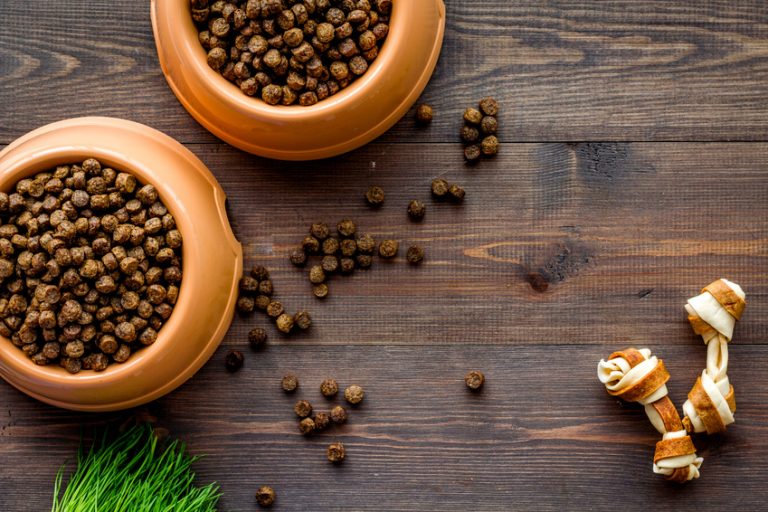
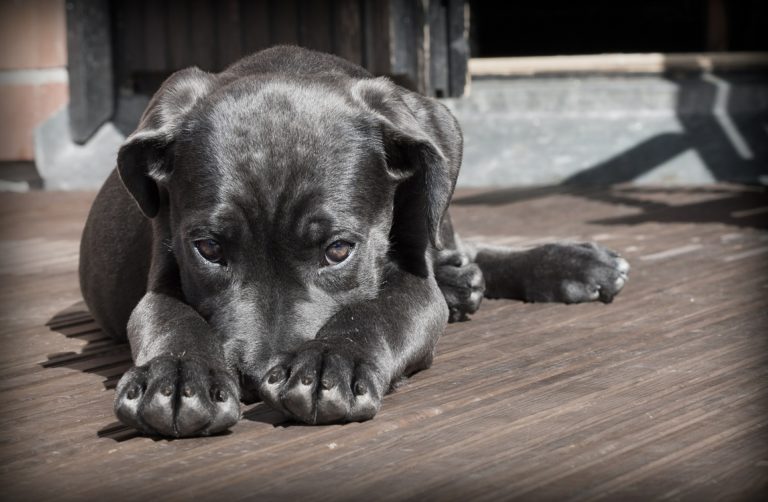
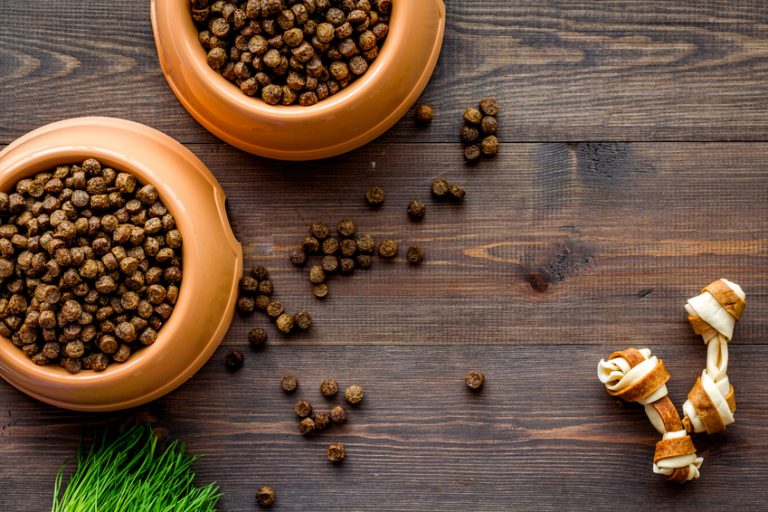
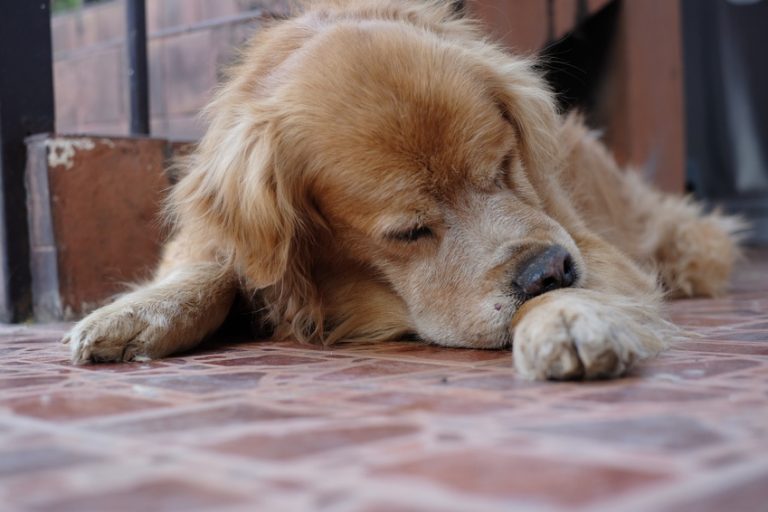
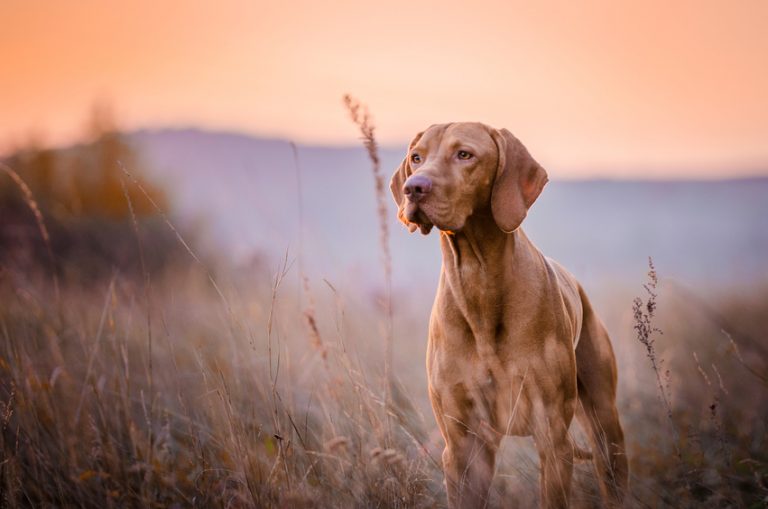
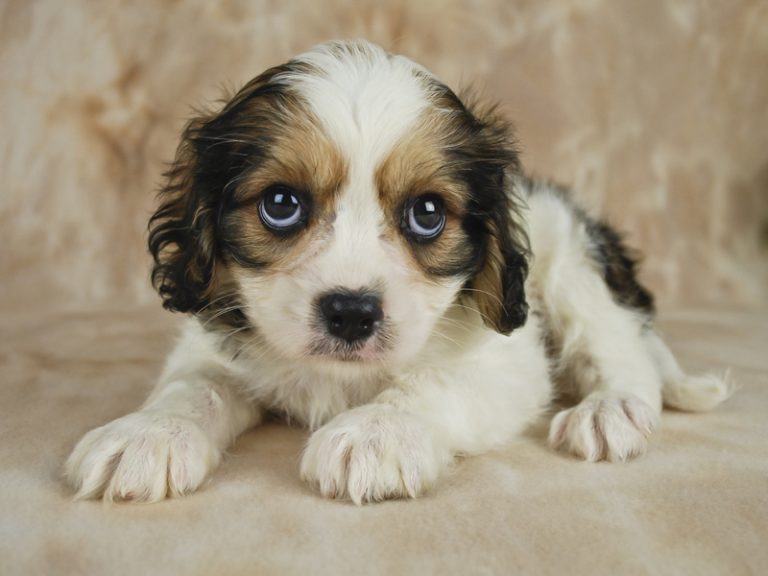
Thank you for your information. Dog lovers should know this post to feed their dog right human foods.
You may want to re word the by product statement I visit pet food factories frequently and by product in a good brand is Heart liver lung not Garbage bits. now in a cheep brand it is absolutely beaks , Feet , Tumored meat. You may just want to add depending on the quality.
“Dairy Products – Milk and other dairy products are necessarily toxic for dogs, but many dogs are lactose intolerant so consuming these foods could cause diarrhea.”
from your above article
did you mean are not necessarily?
Thank you for the information provided by you, it’s really very useful and helpful for the new dog owners to know what is healthy for their dogs.